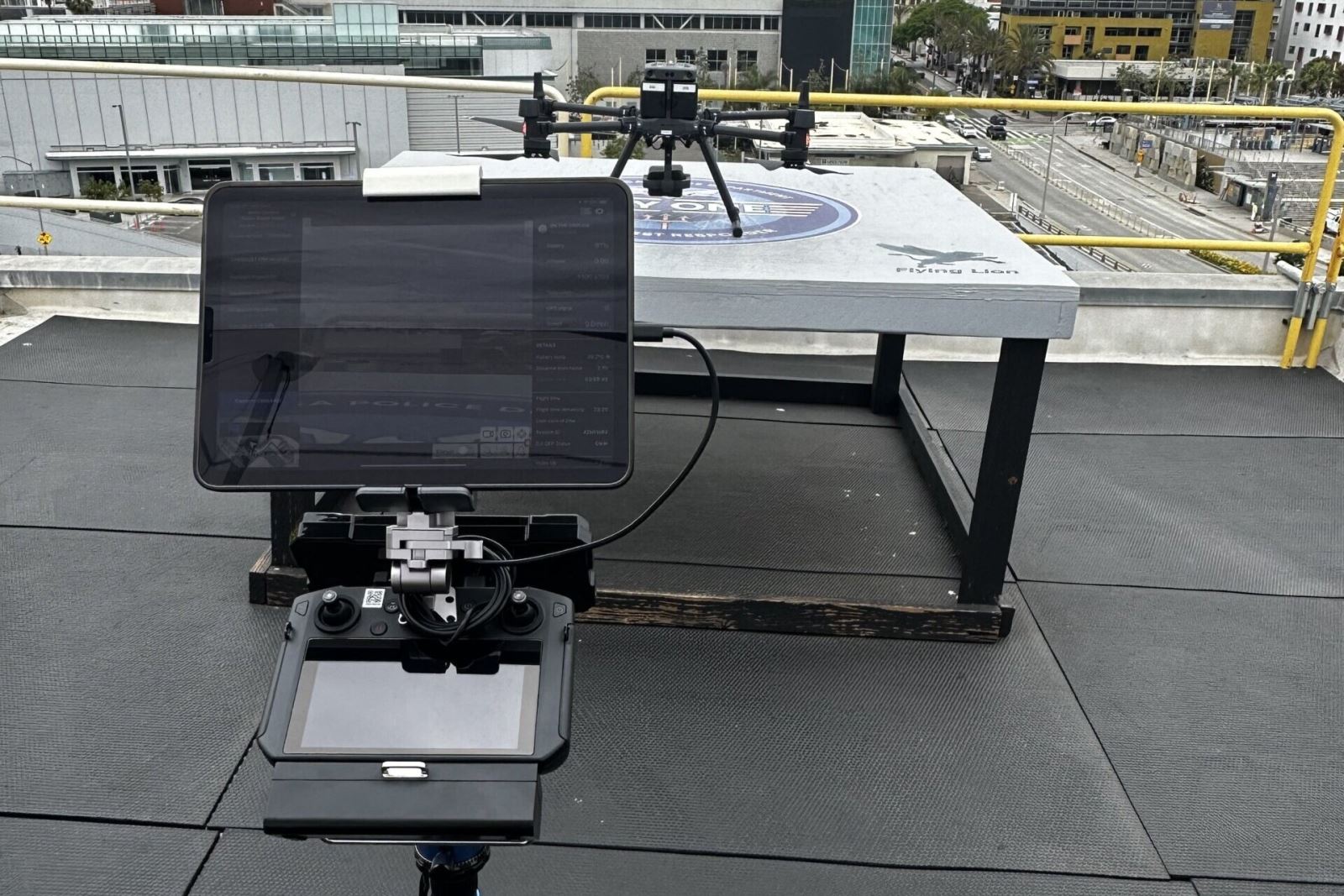Page Sections
Telling Our Organizational Success Story
- Structural Improvements: Streamlining the organizational structure empowers our employees at every level, enabling quicker decision-making and fostering a clearer sense of purpose and direction.
- Procedural Enhancements: Refining our processes creates a more efficient and satisfying work experience for our staff, allowing them to focus on what they do best.
- Training and Organizational Cultural Improvements: Cultivating a dynamic culture is about valuing the ideas and input of our workforce, promoting an atmosphere where every voice matters and every team member feels a sense of belonging and purpose. Investing in our employees' growth through comprehensive training programs is a testament to our commitment to their professional and personal development.
- Service Improvements: We've expanded our offerings with new lines of service, elevated our customer service standards, and broadened our service scope. These enhancements provide fresh opportunities for employee innovation and ensure our clients receive superior support and a more comprehensive service experience.
Structural Improvments
These improvements refer to changes in the organization's structure, including its hierarchical levels, reporting lines, departments, and divisions. Structural change may involve reorganizing teams, creating new positions, merging departments, or establishing new organizational units.
Montgomery County Fire and Rescue Services
Integrated Health and Welfare Response Initiative
Good Things That Happened: This project has delivered quicker assessments and interventions, particularly for the elderly in crisis; eliminated gaps in service delivery; established a more holistic and comprehensive health solution for vulnerable groups; improved health outcomes; increased knowledge across teams; and strengthened community trust.

Montgomery County Public Libraries
Branch Operations Enhancement
Good Things That Happened: This reorganization resulted in fiscal savings and enhanced operational efficiency. The department saved over $560,000 in direct costs and avoided additional costs of over $800,000. This structural improvement has enabled the department to allocate resources more strategically, improving services for the public while maintaining fiscal responsibility.
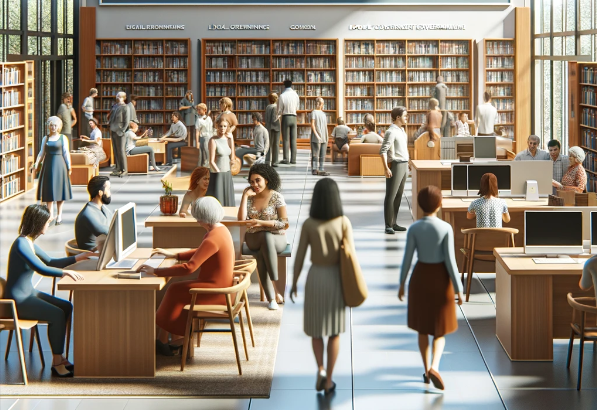
Office of Procurement
Operational Restructuring
Good Things That Happened: The realignment has significantly enhanced customer satisfaction by improving the speed, accuracy, and quality of procurement processes. It has facilitated faster turnaround times for departmental procurement actions and has fostered a more knowledgeable and skillful workforce. This structural improvement has also led to a reduction in wasted time, creating a more effective and efficient workflow. This not only benefits the internal operations but also positively impacts our client relations and overall service delivery.
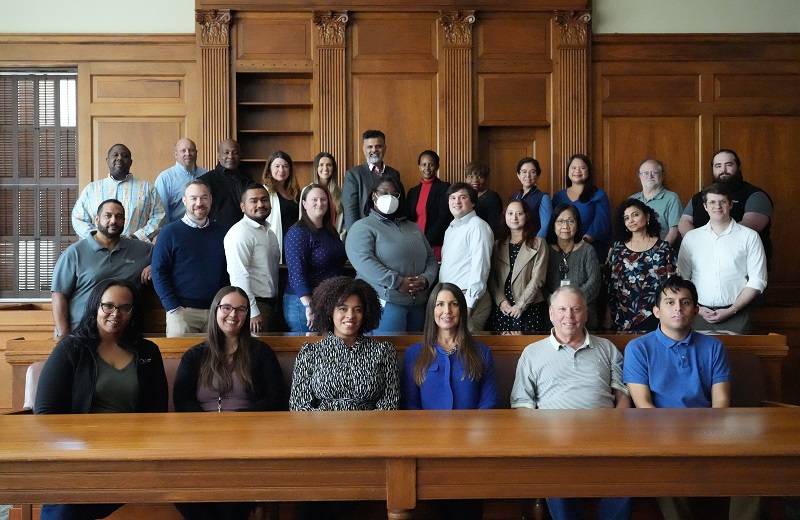
Alcohol Beverage Services
Inventory Control Loss Prevention Unit
Good Things That Happened: As a result of this effort, ABS enhanced security, improved reporting, and enabled data-driven decision making for increased efficiency. ABS also created partnerships with internal and external entities and revamped processes that increased accuracy, improving the customer and employee experiences.

Office of Grants Management
Streamlined Grant Managment
Good Things That Happened: The Office of Grants Management generates efficiency in multiple areas. Among other things, it centralizes the grant application process, leading to more efficient and effective funding acquisition; ensures adherence to grant requirements, reducing the risk of penalties and maximizing fund utilization; expands access to diverse grant sources, enabling the county to capitalize on more funding avenues; facilitates better coordination among county departments for grant-related projects, ensuring cohesive and strategic use of resources; and leverages data to improve grant management and inform strategic planning for future funding opportunities.

Office of Human Resources
Strategic Human Capital Optimization Initiative
Good Things That Happened: The transfer of five critical positions into the Office of Human Resources (OHR) creates a robust core, driving efficiency in HR operations. With a fortified staffing capacity, OHR is better equipped to attract top-tier talent and implement effective job classification systems. Increasing funding expands OHR’s strategic functions, particularly in recruitment and training. Soon-to-be developed tailored training programs will ensure that the county's workforce is skilled and ready to face the dynamic demands of its mission. This restructure is a clear indication of investment in people, aligning HR practices with best-in-class standards. By centralizing HR, the county is not just reacting to today's challenges but proactively preparing for future organizational needs.

Other Structural Improvements:
See dozens of other structural improvements that have been made acrosss County Government:
Telling Our Story - Structural ImprovementsProcess and Procedural Enhancements
Refining our processes translates to a more efficient and satisfying work experience for our staff, allowing them to focus on what they do best.
Department of Correction and Rehabilitation
CDOCR Streamlines Evaluations with anin-house Digital Solution
Good Things That Happened: The new system improved accountability, increased transparency, and helped ensure evaluations were completed on time. Managers gained better visibility over team progress, HR streamlined its review process, and employees benefited from a more organized evaluation experience. By leveraging existing County low-code development tools, the department avoided the cost of external systems while delivering a tailored solution.
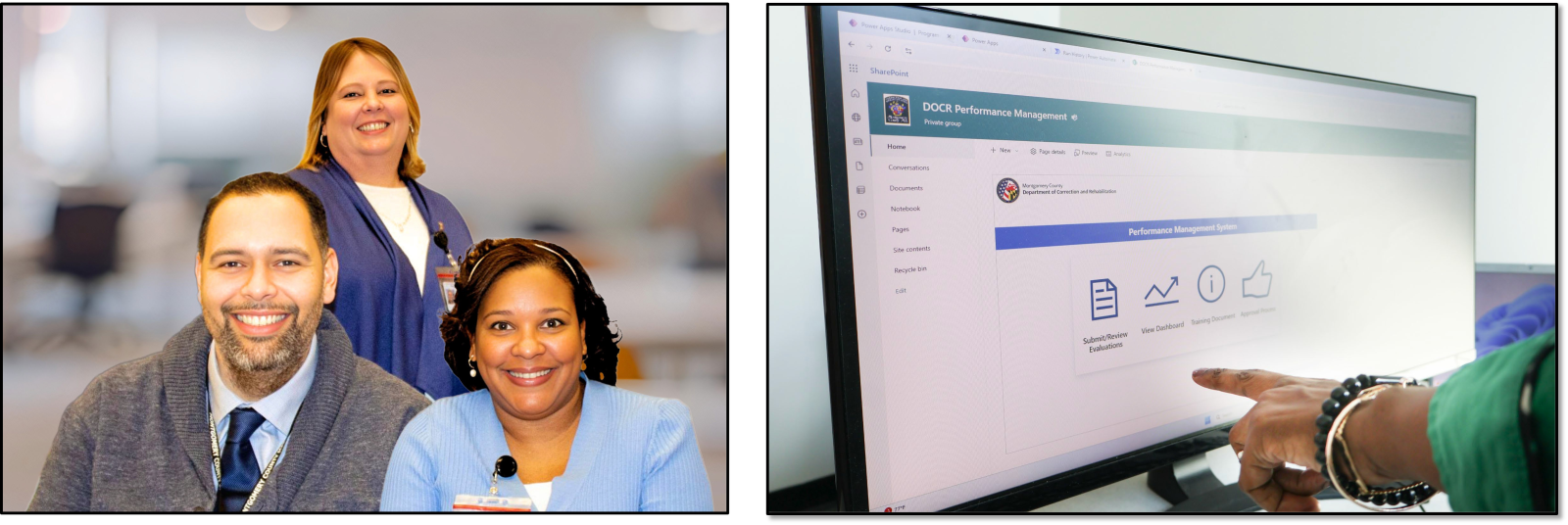
Department of Health and Human Services
Alcohol Beverage Services
Breakage and Repackage Management
in real time, leading to inefficiencies and untraceable shrinkage in warehouse operations. This not only impacted operational accuracy but reduced accountability across teams managing alcohol inventory. To address the gap, ABS collaborated across departments to develop and implement a real-time dashboard and tracking system. This tool records detailed incident data including location, cause, and responsible personnel. With improved visibility, ABS can now act quickly to prevent future loss.
Good Things That Happened: The dashboard enabled warehouse teams to act proactively on damage
trends and track material flows more effectively. Staff can now perform system and physical movements simultaneously, significantly reducing financial losses and downtime.
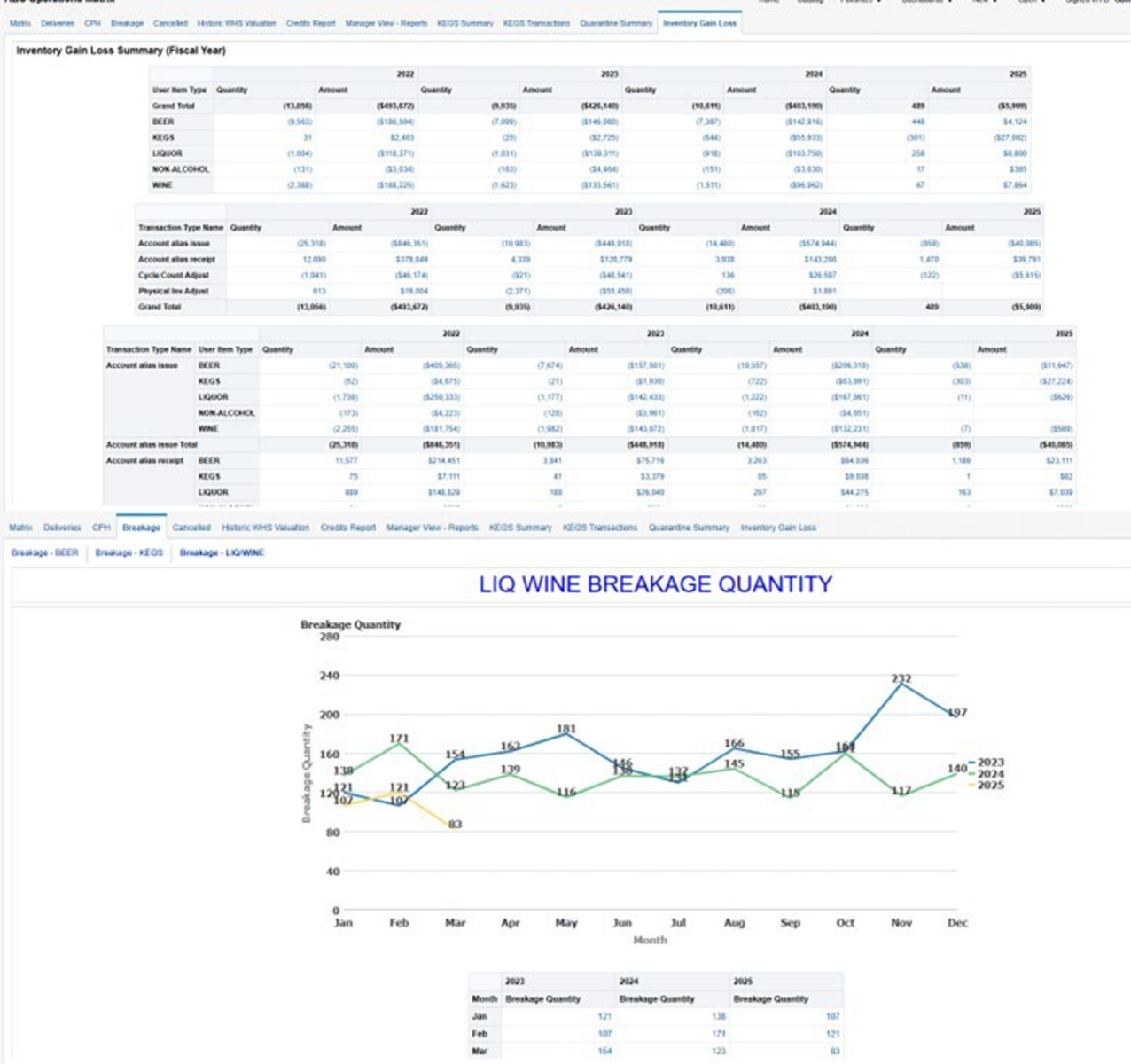
Alcohol Beverage Services
Keg Room Transformation
Good Things That Happened: The new process drastically reduced product expiration and customer complaints. The number of returned kegs dropped by over 100 in one fiscal year, and staff can now verify deliveries in real time—reducing errors and increasing customer satisfaction.
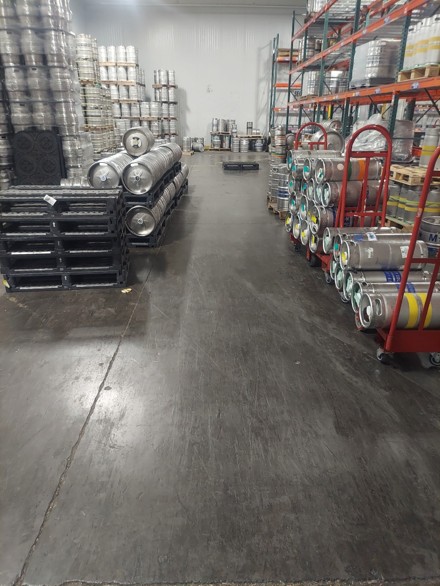
Department of Environmental Protection
Cured in Place Pipe (CIPP) Lining to Repair Damaged CMP Pipes
Good Things That Happened: An upcoming project to repair a 72" stormwater facility pipe under Steeple Rd. in Germantown will be completed in only 2 days using CIPP lining, avoiding a potentially weeks long construction process, lengthy traffic disturbances, and much higher costs. Since 2021, the combined work on 20 pipe repair projects has saved over $7 million.
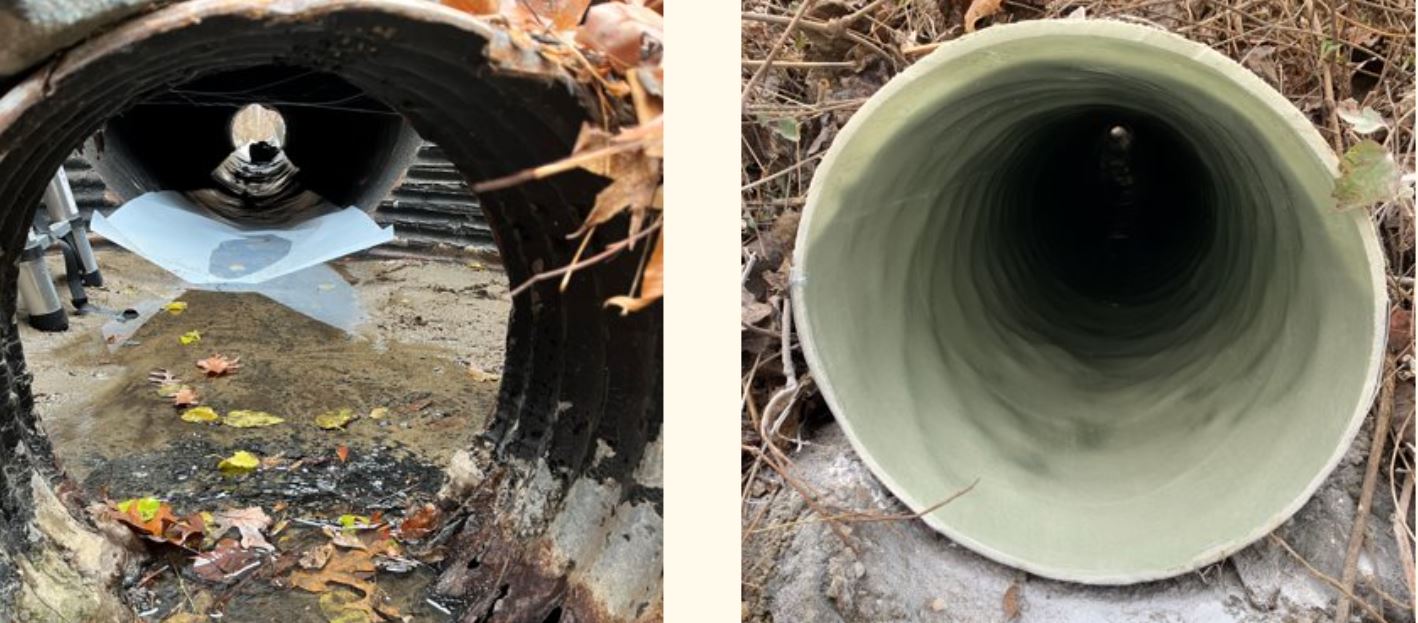
Department of Health and Human Services
eICM Onboarding
Good Things That Happened: Supervisors have clarity about the onboarding/training process and can provide guidance to their new staff. Staff have completed mock cases with fewer mistakes, demonstrating better knowledge acquisition from the manuals and training videos. Staff begin using eICM faster and with greater confidence and accuracy
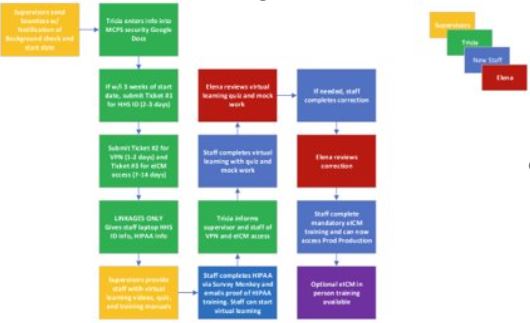
Department of General Services
Utility Bill Auditing
Good Things That Happened:The Utility Bill Audit process was launched FY13 as part of the department's ongoing effort to optimize resources. DGS has captured $4.06 million in savings from FY13 to FY24 which the County would have otherwise paid. DGS continues to develop efficient and effective processes that optimize DGS resources.
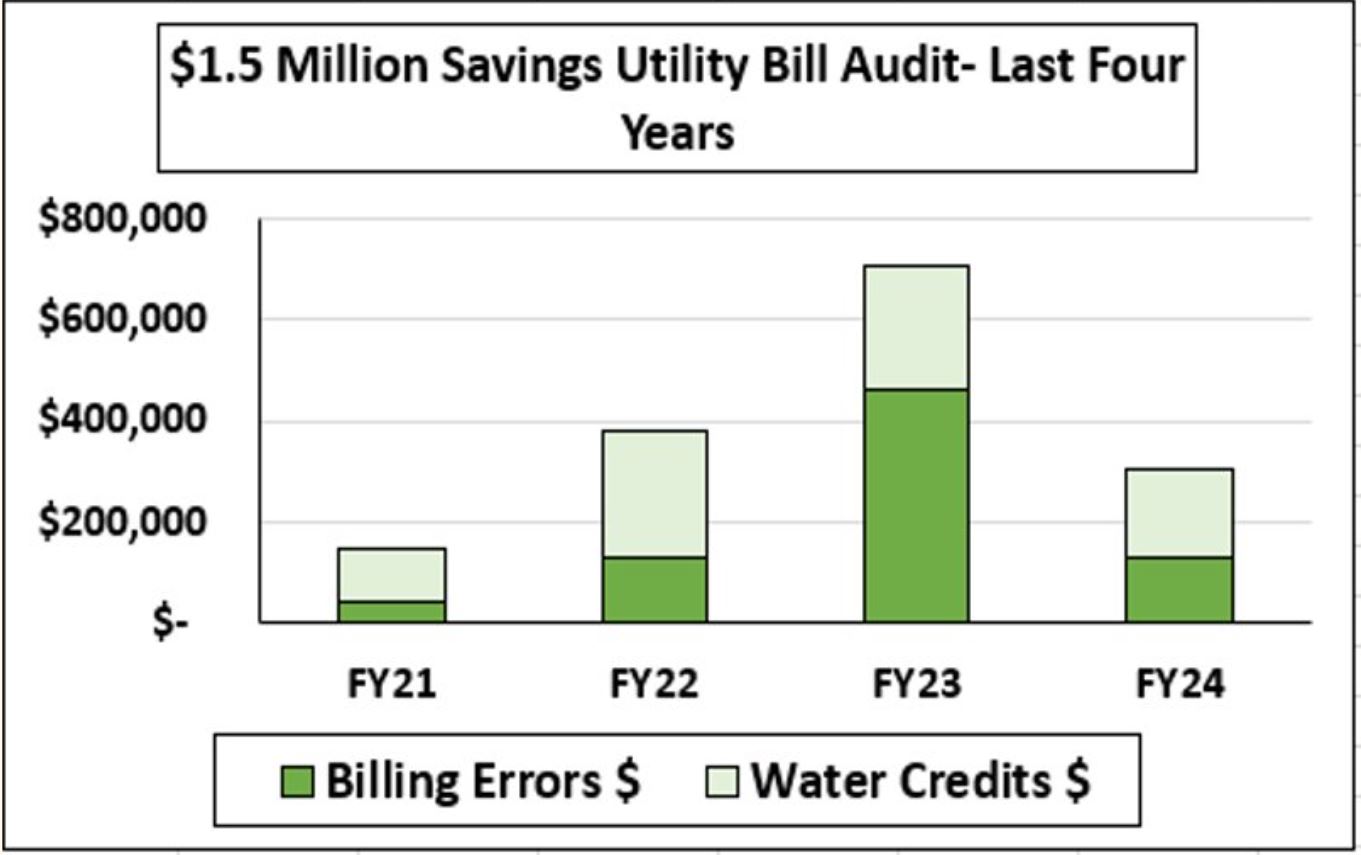
MC311
Resident Communications Enhancments
- Department of Environmental Protection Queue Creation: A new queue was established to handle high-volume calls efficiently, enabling quicker onboarding of agents and reducing the wait times for callers. This leads to faster connection to services, improved accuracy in service requests, and a simpler process for both customers and customer service representatives.
- Health and Human Services Internal Transfer Elimination: By removing unnecessary internal transfers, customers now experience first-contact resolution or are quickly directed to HHS experts. This change has improved service efficiency and reduced complexity for users.
- Department of Permitting Services Internal Transfer Reduction: Simplifying the scheduling process for inspections, especially when customer contact IDs are unavailable, has alleviated significant customer pain points. This results in more efficient call resolution and better operational performance.
- Knowledgebase Article Streamlining: MC311 has collaborated with other departments to refine the information provided to customer service representatives, aiming to reduce the volume and complexity of knowledge base articles. This makes it easier for customers to access county information and services and enhances the clarity of instructions for customer service representatives..
- Customer Survey Expansion: In partnership with CountyStat, MC311 is measuring customer satisfaction across various channels, which now allows for a detailed analysis of performance by department. These surveys aim to use customer feedback to refine and improve service standards countywide.
Good Things That Happened: Overall, these improvements have led to a more efficient, user-friendly experience for County residents, marked by quicker service connections, increased operational efficiency, and greater customer satisfaction

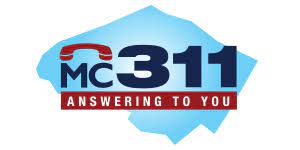
Office of Animal Services
Process and Policy Changes
Good Things That Happened: Updating the appointment system led to reduced wait times, improved satisfaction, and enhanced customer service. The department was able to complete record numbers of appointments, while adoption rates increased 81%. Overall, the new policies allowed for more personalized adoption experiences. Adopters successfully introduced new pets into their homes under less stressful conditions and began dialogues on responsible pet ownership practices.
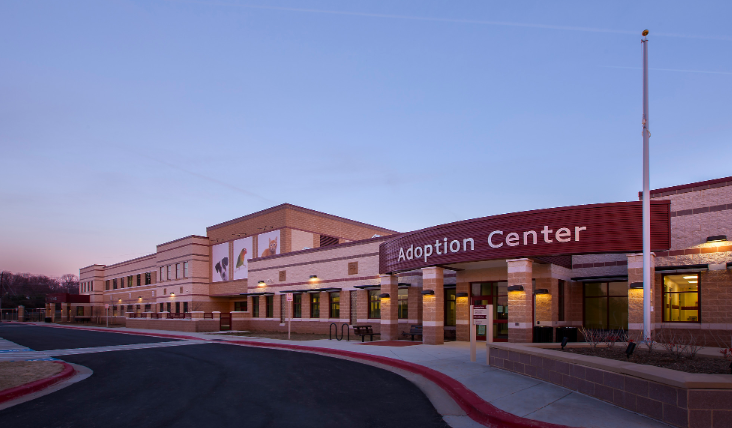
Office of Racial Equity and Social Justice
Operating Budget Equity Tool (OBET)
Good Things That Happened: The impact has been significant. The tool allows robust analysis and recommendations to be used by decision-makers to allocate resources that support the County's goals of reducing racial disparities. Anecdotal evidence suggests that the budget discussions now consistently apply a racial equity lens, leading to more equitable decision-making processes.
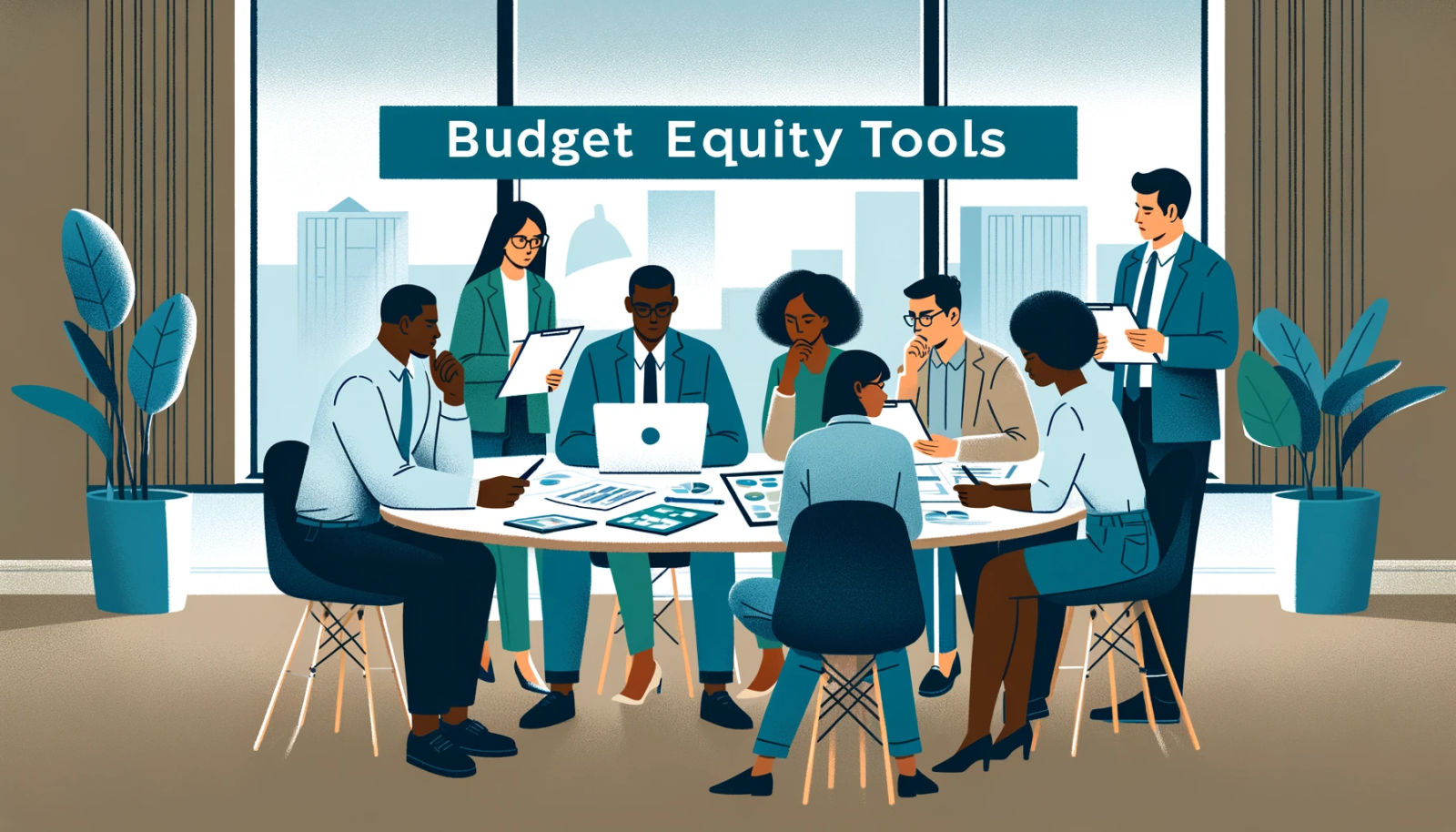
Department of Transportation
Streamlining Transportation Demand Management Fees
Good Things That Happened: TDM fees are now integrated with a consistent, well-understood process, improving customer understanding of amounts owed, purpose, and deadlines. A readily accessible online record and history of payments is available, minimizing overdue accounts and promoting equity among payers. Staff time is expected to be reduced by as much as 50% even as the number of accounts increases over time, while creating a more reliable revenue stream to support TDM services. Collaboration across departments can produce useful insights, resulting in innovative approaches to improve processes, helping to reduce inefficiencies and administrative burdens for both public and County staff.
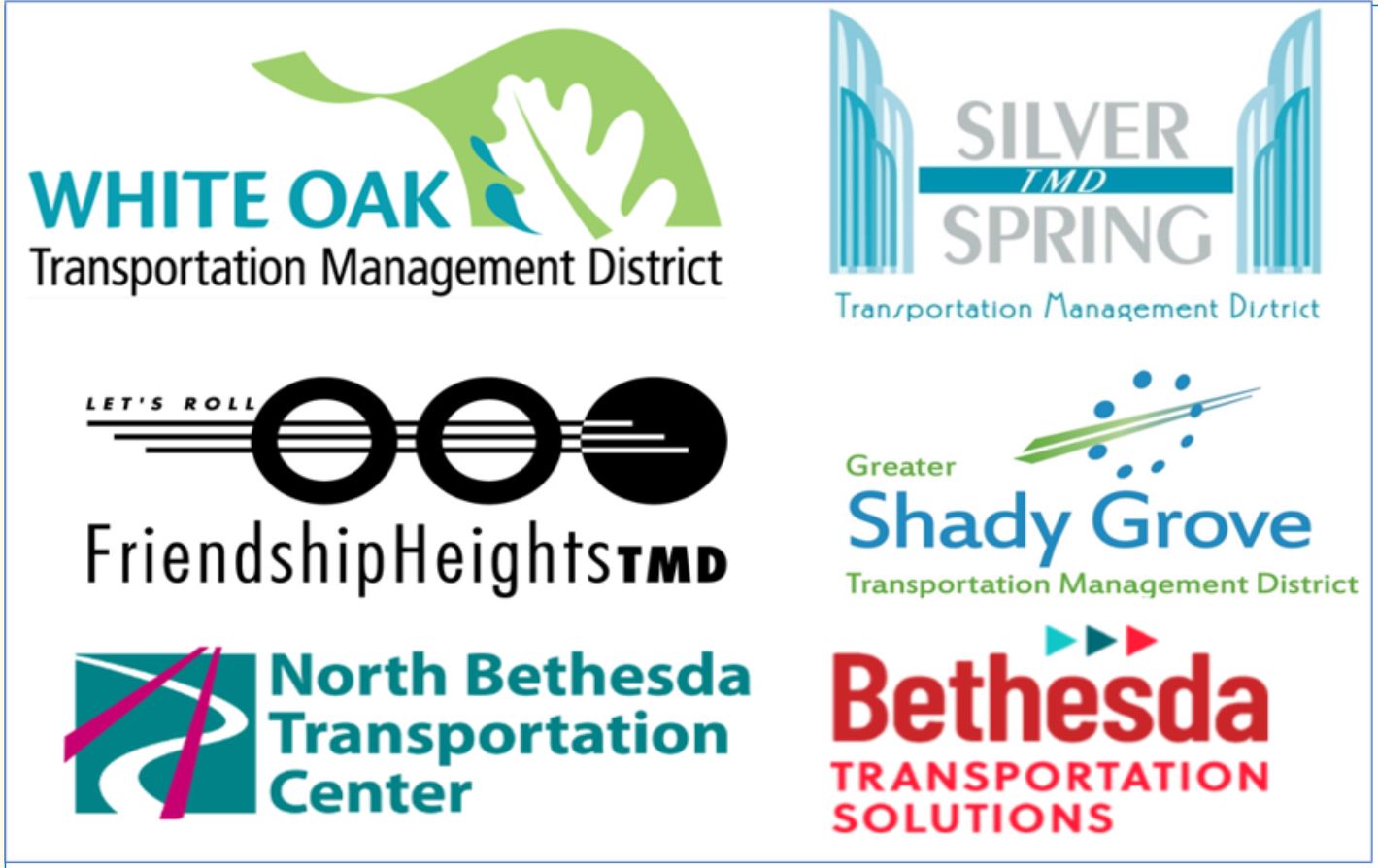
Electronic Correspondence and Residential Response Form
Good Things That Happened: The electronic correspondence system allows efficient tracking and signing of documents, enhancing project controls and accountability. This system has brought about fiscal savings and improved performance in terms of speed and accuracy, while also increasing transparency. Notably, it has halved the turnaround time for document processing, leading to more efficient project planning and construction phases. The residential response form delivery significantly improved the speed and accuracy of public responses, and boosted customer satisfaction. It has been vital in managing the increasing volume of residential requests for studies and traffic treatments, which have grown nearly fivefold since 2018. Both of these improvements have been implemented at no additional cost to the County.

Innovation Team & Office of Human Resources
Hiring Process Playbook
Good Things That Happened: The step-by-step guide will accelerate hiring timelines, making the process more systematic and structured. Enhanced procedural clarity leads to improved performance in hiring speed and quality while simplifying the hiring process.
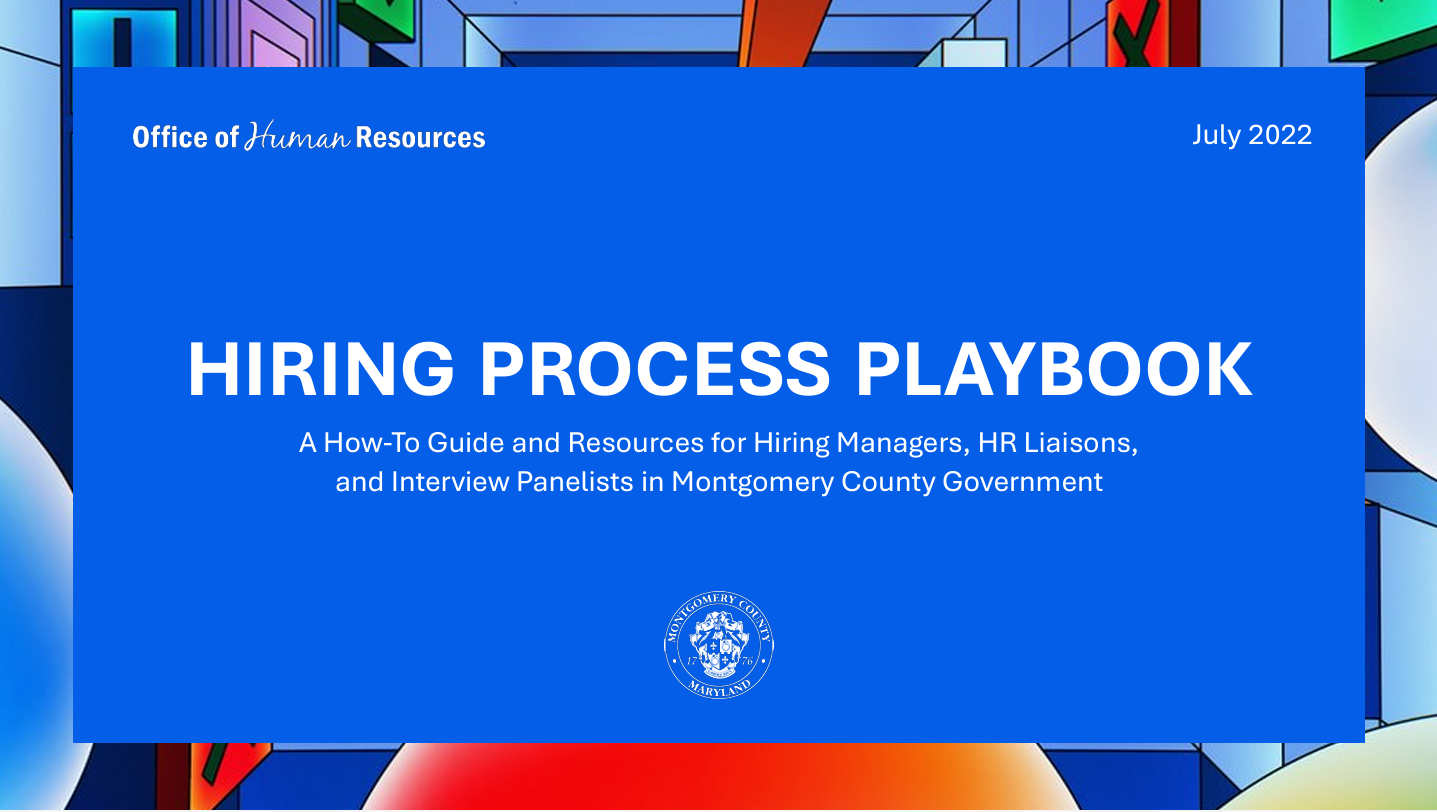
Technology & Enterprise Business Services
Business Continuity Enhancements
Good Things That Happened: This initiative has led to a remarkable reduction in recovery times for critical systems, from hours to minutes. These technological advancements have not only improved internal operations but also positioned the County as a service provider to other jurisdictions, creating potential for new revenue streams. The transition to Equinix and adoption of Nutanix have realized substantial energy savings, contributing to sustainability goals. By consolidating workloads and upgrading technology, energy consumption and vulnerability to cyber threats have been dramatically reduced.

Other Procedural Improvements:
See dozens of other procedural improvements that have been made acrosss County Government:
Telling Our Story - Procedural ImprovementsTraining and Organizational Cultural Improvements
Cultivating a dynamic culture is about valuing the ideas and input of our workforce, promoting an atmosphere where every voice matters and every team member feels a sense of belonging and purpose.
Department of Correction and Rehabilitation
In-House Crisis Intervention Training
Good Things That Happened: This innovative approach equipped staff with specialized skills to effectively de-escalate crises and support individuals with mental health needs in a correctional setting. Tailoring training to the specific dynamics and challenges of the corrections environment highlighted the value of leveraging internal expertise to develop practical, scenario-based approaches that better equip staff to manage mental health and behavioral crises. Additionally, this initiative reinforced the need for ongoing collaboration, staff feedback, and adaptability to ensure the program remains relevant and effective in meeting the evolving needs of both staff and incarcerated individuals.
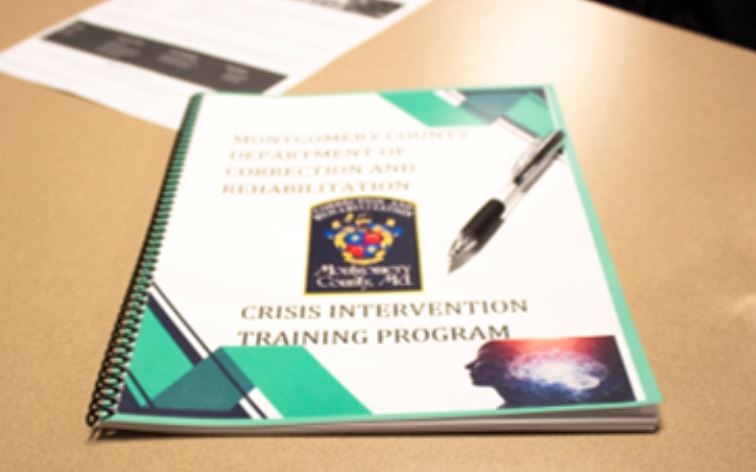
Revitalized Spaces, Recharged Teams
Good Things That Happened: This initiative has not only enhanced morale but also has had a positive impact on productivity and teamwork, demonstrating DOCR's commitment to supporting its dedicated staff who work tirelessly in demanding environments. Revitalizing workspaces is more than décor, it is the investment in DOCR's workforce. Maintenance and continued facility updates promote teamwork and create a sense of pride, contributing to a stronger and more engaged workforce.
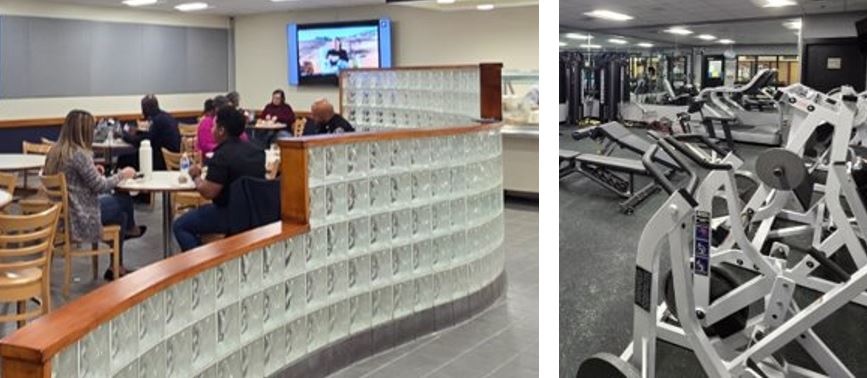
Office of Community Partnerships
Cultural Improvements
Good Things That Happened: The work of the Translations Unit significantly contributes to making the County more equitable and inclusive. It reduces language barriers and expands access to services and programs for residents with limited English proficiency. The employee training improves customer satisfaction, increases accuracy in employee performance, and enhances employee morale. Overall, these improvements by the Office of Community Partnerships contribute to a more inclusive and equitable community, ensuring better service and communication for residents with limited English proficiency. These initiatives enhance both the performance of County employees and the satisfaction of the diverse community they serve.

Montgomery County Fire and Rescue Services
Cross-Department Community Resilience Team
Good Things That Happened: The team’s hands-on approach has significantly improved the quality of community risk reduction services. By establishing personal contacts and deeply understanding the community's context, the team has been able to offer more relevant and effective solutions. This new methodology not only benefits the residents of the Enclave Apartments but also serves as a model for future community risk reduction initiatives across various communities.

Department of Environmental Protection
GreenLight Communications Workshop Training
Good Things That Happened: The media training program has resulted in improved employee skills and morale. Since its implementation, staff members have expressed overwhelming support for the media training, with requests for regular repeat training. This has led to better preparation for media interactions, evidenced by four staff members being interviewed by local media to promote various programs and projects. The success of this initiative highlights the importance of effective media training in enhancing staff capabilities and promoting departmental initiatives.

Office of Human Resources
Montgomery County Leadership Academy
Good Things That Happened: The MCLA enhances professional and personal skills in a changing environment. It develops leadership skills; promotes an inclusive, growth-oriented culture; encourages innovative and collaborative problem-solving; and strengthens community engagement and ethical leadership.

Other Training and Cultural Improvements:
See dozens of other training and cultural improvements that have been made acrosss County Government:
Telling Our Story - Other Training and Cultural Improvements
Service Improvements
We've expanded our offerings with new lines of service, elevated our customer service standards, and broadened our service scope. These enhancements provide fresh opportunities for employee innovation and ensure our clients receive superior support and a more comprehensive service experience.Department of Transportation
LTree Preservation of National Champion, The Goshen Elm
Good Things That Happened: The shared approach reduced cost for any one agency and allowed consistent tree health monitoring. It also enhanced cross-department collaboration and built a model for future preservation partnerships.

Department of Transportation
Flash Friday Campaign
Good Things That Happened: Public understanding of the Flash BRT system improved significantly. The campaign set the stage for higher rider adoption and more inclusive mobility solutions, especially benefiting communities with limited transportation options.

Department of Transportation
RideOn Trip Planner
Good Things That Happened:
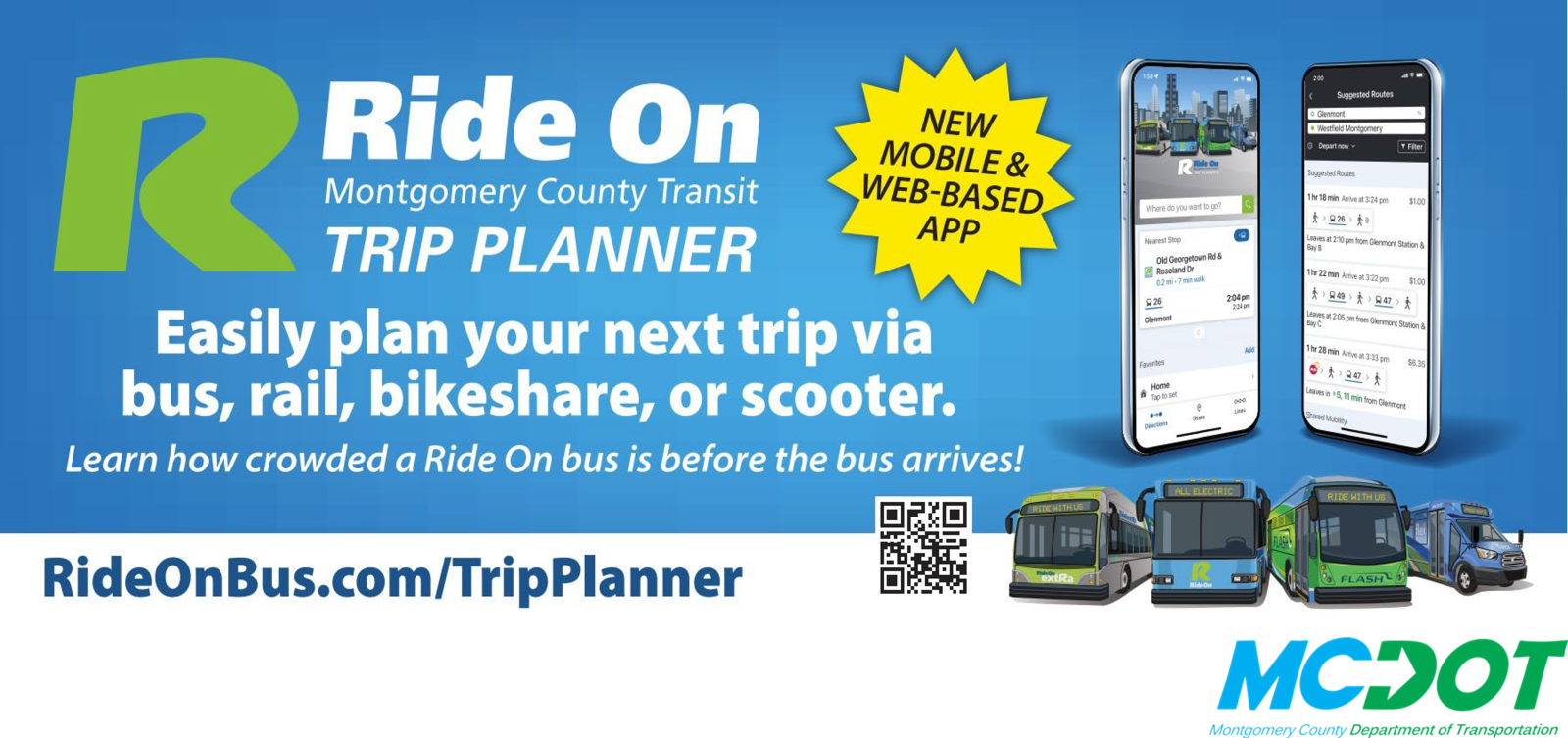
Department of Transportation
Quality Assurance Redundancy Review
Good Things That Happened:

Alcohol Beverage Services
Local Products Partnership
Good Things That Happened: Trucks are highly visible on County roadways, viewed by commuters from all over the metro area and giving local businesses an impactful boost. The Go MoCo Month campaign generated a 79% increase in revenue in the LOC category over the previous May.
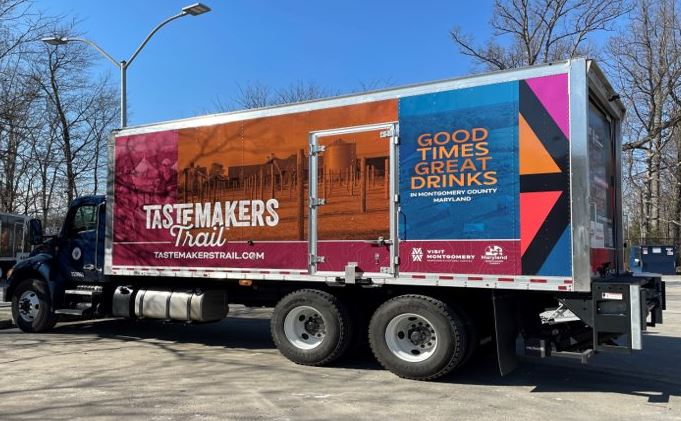
Dry January
Good Things That Happened: Although non-alcoholic products are a small sales category for ABS, year-over-year sales were up 15.5%. While it may have seemed counterintuitive, Dry January generated buzz around health and responsibility, which are top priorities for the department. More than increasing the bottom line, ABS aimed to connect with consumers looking for new ways to enjoy the taste and ritual of drinking without the negative consequences of alcohol.
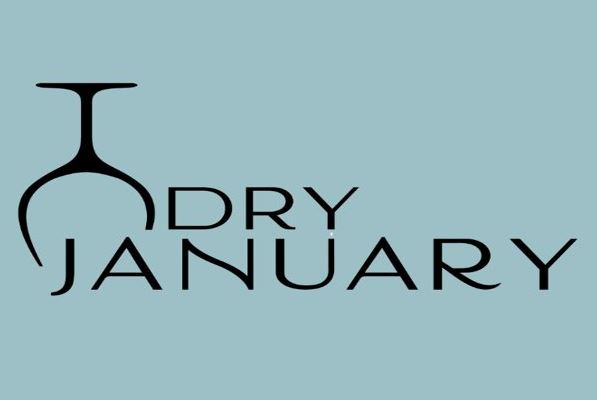
Highly Allocated Products Distribution Expansion
Good Things That Happened: With the new Sunday drops and special lottery, the HAL program enjoyed growth in customer support, positive media representation, supplier allocations and total sales. More than 7,800 County residents entered the special lottery. ABS continues to pursue its commitment to fair and equitable access to rare and hard-to-get products. The team learned that even the most popular and successful programs have room for improvement and expects that the HAL program will continue to evolve with changing trends and opportunities.

Department of General Services
Going Green Initiative
Good Things That Happened: Key Achievements: Implemented energy-efficient technologies on over 600 multifunctional printers (MFPs); enabled customers to delete unwanted print jobs, reducing paper waste; and automatically deleted print jobs held for 30 days, minimizing unnecessary printing. The team gained critical insights into effective strategies and innovative approaches that can be applied across similar projects in DGS.
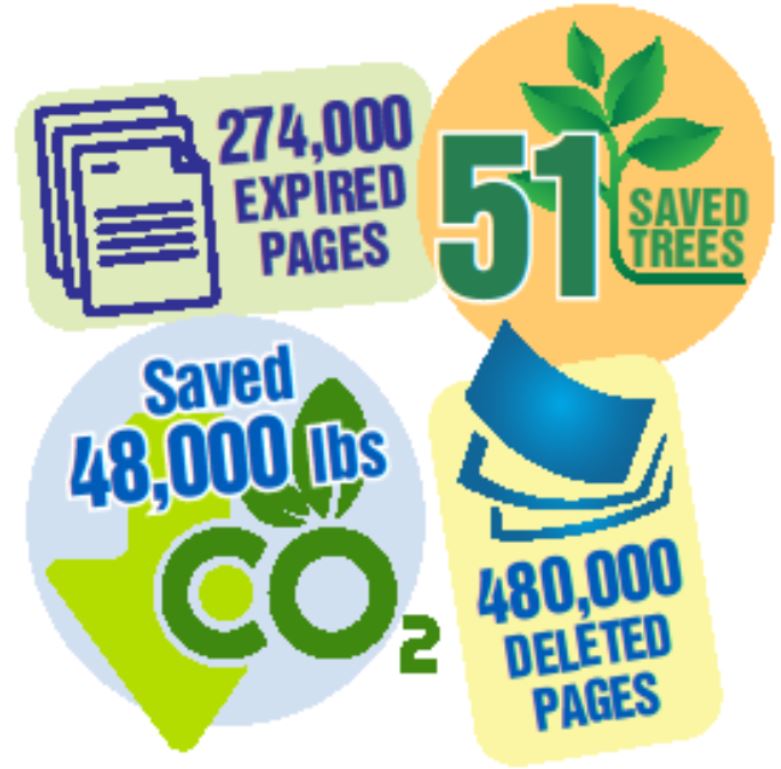
Health and Human Services
Community Connect Application
Good Things That Happened: The application has significantly reduced the need for clients to visit DHHS offices physically, improving the client experience. It has also allowed Case Workers to focus more on client service rather than administrative tasks, resulting in a more efficient case management process. These improvements not only enhance service delivery but also increase accessibility and convenience for residents seeking DHHS services.
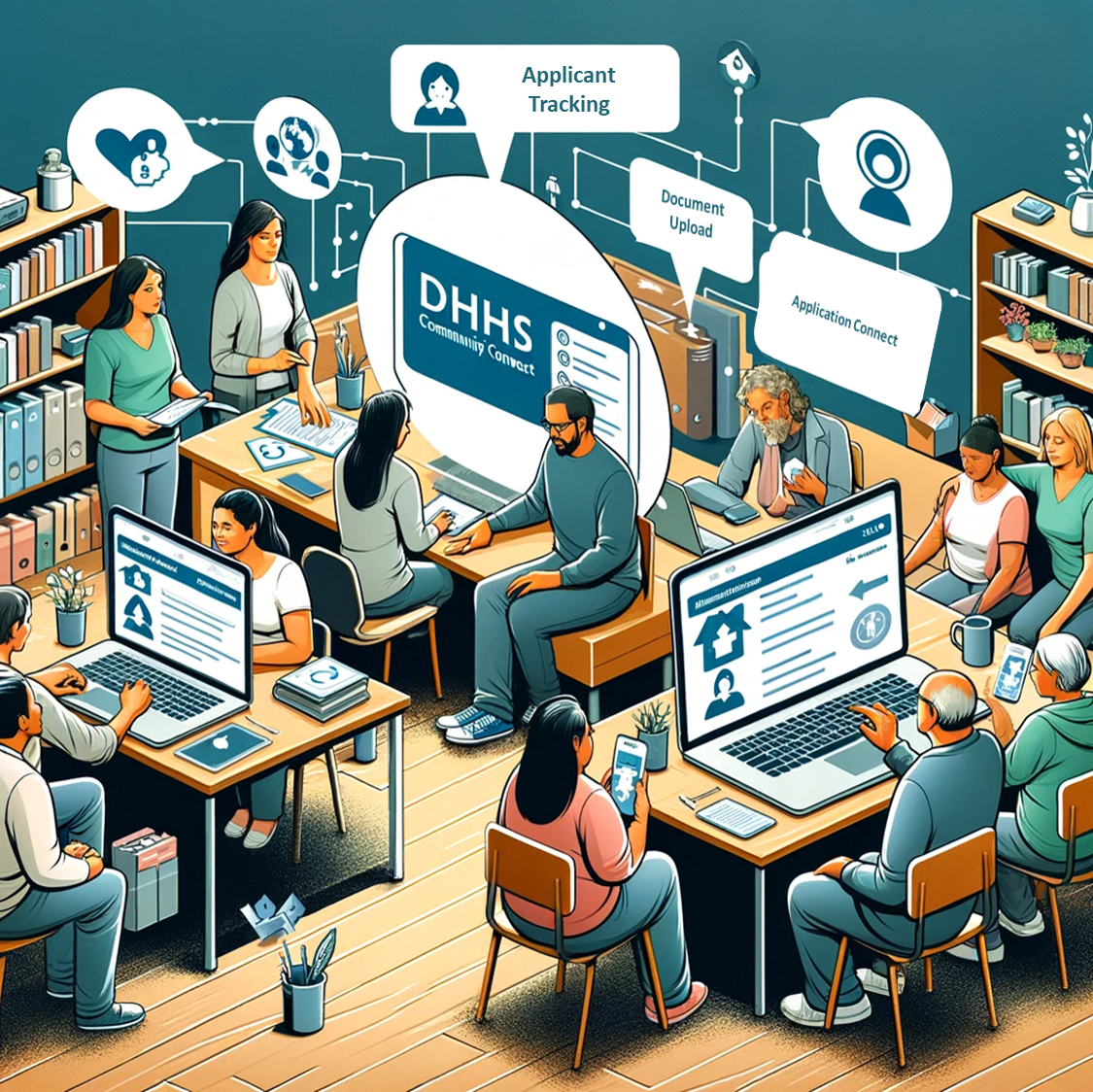
Bridges to Wellness
Good Things That Happened: The program has increased access to vital services for families and students in need. It is anticipated that the program will contribute to reduced psychiatric hospitalizations, decreased school absenteeism and delinquency, and improved family self-sufficiency. So far, the initiative has provided 8,000 mental health support sessions to almost 700 students. Furthermore, 88% of students receiving therapy for at least 6 months showed significant improvement or maintained their condition.
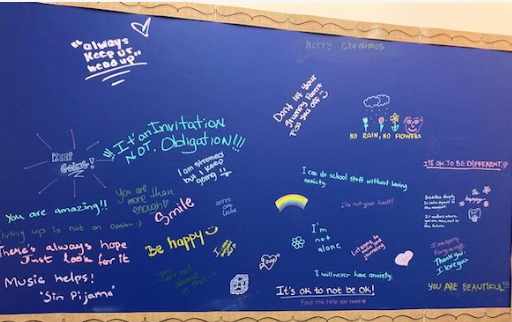
Department of Environmental Protection Improvements
Transfer Station Radio Infrastructure Installation and Upgrade
What We Did: Installed a new radio communication system, including new radios, five repeaters, antennas, and a dedicated Wi-Fi network.Good Things That Happened: Enhanced operational efficiency and safety across the 52-acre site. Reduced programming time for radios by 97% and decreased safety incidents by 41.3%.
Hauler/Collector Licensing Application
What We Did: Transitioned the licensing process from a paper-based system to an automated online procedure.Good Things That Happened: Streamlined process from weeks to hours, reducing station traffic. Improved customer satisfaction and operational speed, and repurposed full-time employees.
Tire Tracking Application
What We Did: Implemented a tire tracking application to monitor tire disposals and ensure compliance with hazardous waste permits.Good Things That Happened: Halved the time for data collection, streamlined compliance process and provided valuable data for policy making.
Unattended Vehicle Processing Kiosks
What We Did: Installed self-service kiosks for vehicle processing at the Material Recovery Facility.Good Things That Happened: Improved accuracy in environmental reporting and operational efficiency, cutting transaction time by half and freed up staff for other duties.
Transfer Station Enforcement Application
What We Did: Developed a mobile application for recording violations and generating Notice of Violation documents.Good Things That Happened: Reduced violation processing time from 30 minutes to 3 minutes. Significantly enhanced efficiency and accuracy of enforcement operations.
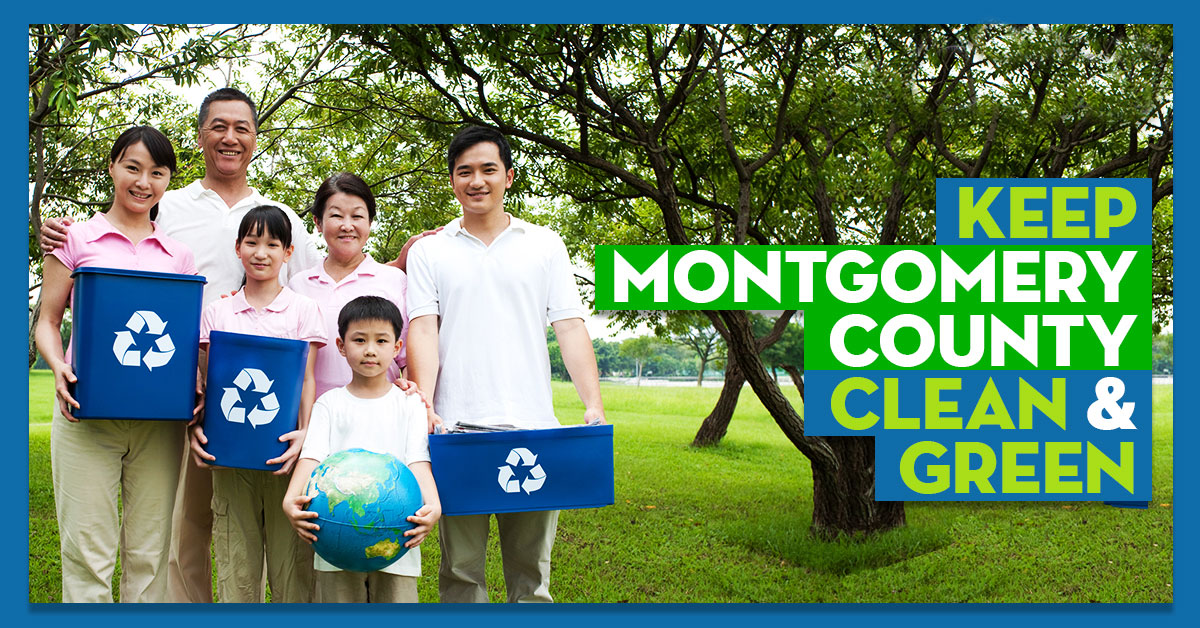
Department of Transportation Service Improvements
Active School Zone Alert on WAZE App
Good Things That Happened: Key Achievements: Prevention is challenging to quantify, but if this alert prevents even a single injury or loss of life among the county's residents or youth, it will be invaluable—far outweighing any associated costs. The team gained critical insights into effective strategies and innovative approaches that can be applied across similar projects. Integrating multiple strategies to notify the public about safety is extremely important to create behavior change.
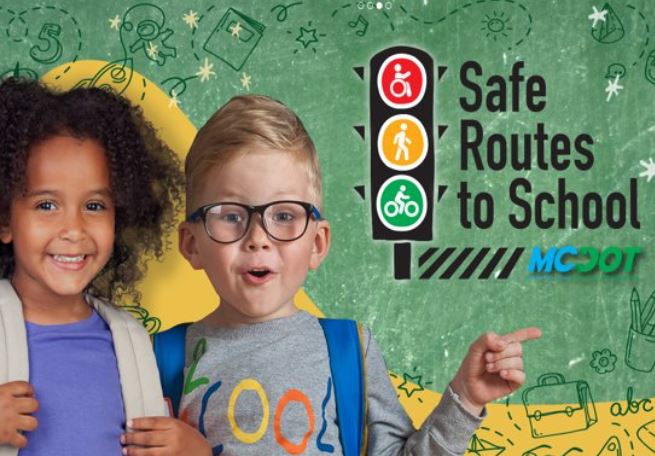
Paint the Plow Contest
Good Things That Happened: In 2024, MCDOT received an outpouring of gratitude from Montgomery County Public Schools (MCPS) for student and community member exposure to the work of the Highway Services Division. Students and event attendees gained an understanding of the important job of DOT workers. The team gained critical insights into effective strategies and innovative approaches that can be applied across similar projects in the Department of Transportation.
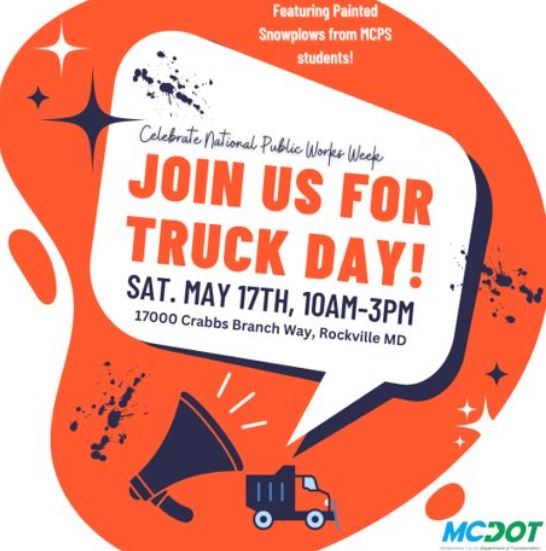
Zero Emission Bus Transition Roadmap
What We Did: A Zero Emission Bus Transition Plan was released in Spring of 2024, to ensure that the Montgomery County Climate Action Plan goal of zero emissions by 2035 is achieved. The plan will be updated regularly to reflect new funding streams and advanced technology options.Good Things That Happened: Creation of a comprehensive planning, management and tracking tool that evaluates risks and mitigation strategies; provides current and future technology and energy options; analyzes operations, capacity, and service needs; provide costs and funding sources considerations; and clearly outlines next steps for implementation. The team gained critical insights into effective strategies and innovative approaches that can be applied across similar projects. Collaboration between DGS and MCDOT allowed for an in-depth look at plans for acquiring buses, and the needed facilities and infrastructure to support them, to inform decisions.
White Flint West Workaround by MCDOT's Engineering Division
What We Did: Improved roads and built new paths for biking and walking in North Bethesda. This helps the area grow and become a better place to work and live.Good Things That Happened: Invested $74 million in improvements to make this area better for business and enjoyable for people.
Woodmont Avenue and Bethesda Avenue Cycletracks by MCDOT's Engineering Division
What We Did: Built safe paths for biking and walking in downtown Bethesda.Good Things That Happened: Costing nearly $2 million, this project makes it safer and easier for people to get around without a car.
MCDOT Highway Services Tree Maintenance Program Grant Efforts
What We Did: Planted over 2,000 trees along streets and sidewalks.Good Things That Happened: With grants totaling $437,000, we added significant numbers of trees to make neighborhoods nicer and greener.
EV Charging Partnership Initiative in Public Parking Garages by MCDOT's Parking Division
What We Did: Worked with Pepco to add 16 new electric vehicle (EV) charging stations in our parking areas.Good Things That Happened: This investment in new infrastructure did not cost any county dollars and improved access to charging stations for owners of EVs.
Parking Meter Modernization by MCDOT's Parking Division
What We Did: Updated parking meters to make them easier to use and better for the environment.Good Things That Happened: These new meters save approximately $378,000 every year. They’re better for everyone who parks in the county.
Bike Match MoCo by MCDOT Commuter Services Office & Communications Team
What We Did: Started a program where people can donate bikes they no longer use to be distributed to others who need them.Good Things That Happened: This program doesn’t cost the county anything, and over 500 people have gotten bikes. It’s great for health and getting around.
MCDOT Ride With Pride Inclusion Campaign
What We Did: Launched a Pride-themed bus to celebrate inclusivity. It traveled all over the county for Pride month.Good Things That Happened: Wrapping the bus cost $8,500, which is $1,500 less expensive than usual advertising. The bus was a hit on social media and news, showing the county's commitment to equality and making public transport a welcoming space for everyone.
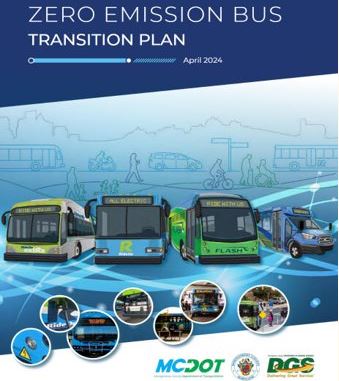

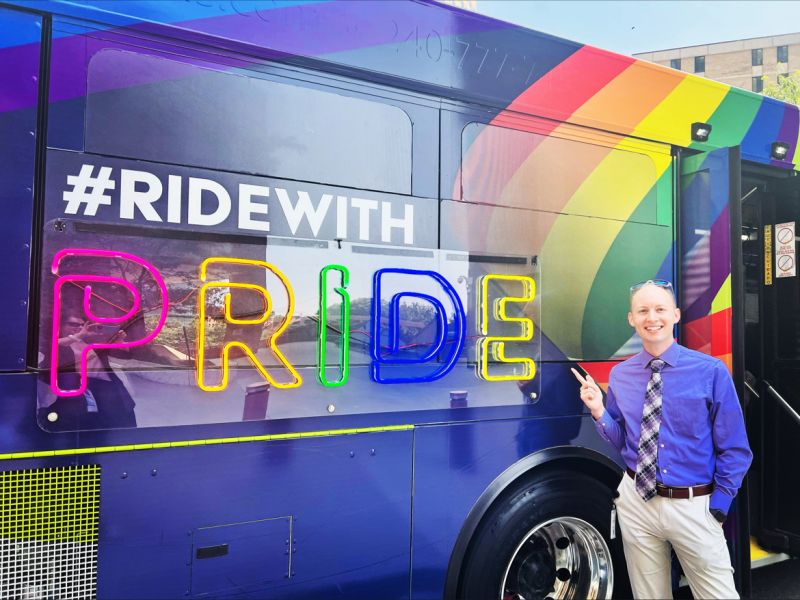
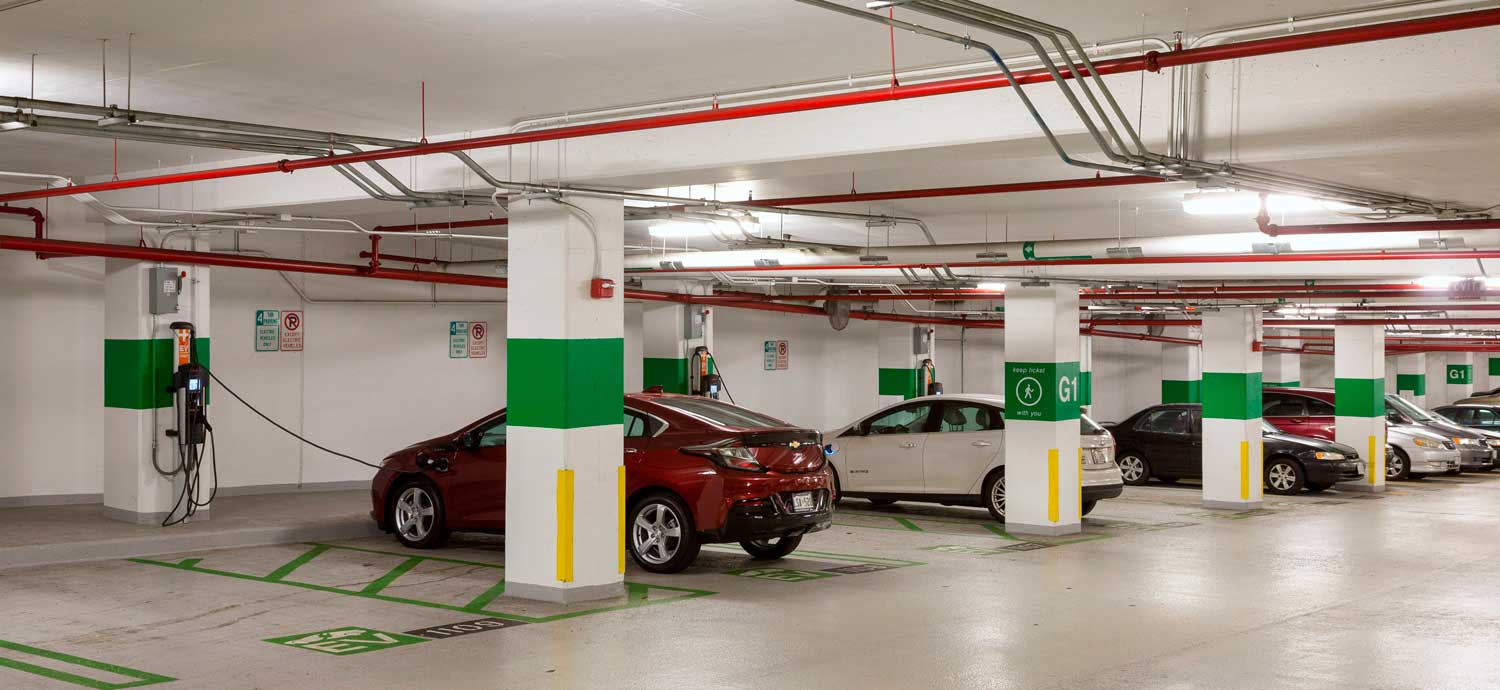
Department of Permitting Services
Tracking Turnaround Times on a Permitting Dashboard
Good Things That Happened: The permitting dashboard assists developers to plan their projects accordingly to complete on time and budget. It enhanced transparency, communication, and customer satisfaction. However, it required addressing challenges related to data accuracy, system integration, real-time updates, user interface design, and ongoing resource allocation. By overcoming these challenges, the dashboard can significantly improve both the customer experience and internal efficiency for the department.

Auto-Delivery of Use and Occupancy Certificates via Email
Good Things That Happened: This change, using existing department resources without additional software costs, reduced delays in occupying new homes or commercial properties and enhanced customer satisfaction. It also improved employee morale by freeing up staff resources for other critical tasks. The department saved on materials like envelopes and postage, and customers benefited significantly by being able to occupy their properties without unnecessary delays.
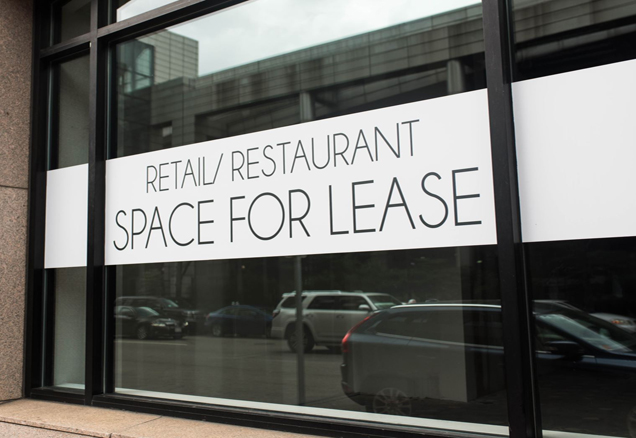
Department of Recreation Improvements
Department of Recreation Kids Day Out / Teens Day Out
Good Things That Happened: MCPS contributed $56,775, saving families a substantial amount in registration fees. 2,271 youth enjoyed safe, engaging activities for 18,168 hours, reducing unsupervised time and risky behaviors.
Department of Recreation Senior Outdoor Fitness Equipment
What We Did: Created the first outdoor fitness area for seniors in the County at Holiday Park Senior Center, featuring a variety of accessible exercise equipment.Good Things That Happened: Significant community engagement and improvement in physical and mental well-being of seniors. Received the NaCo award of Best in Class in 2023.
Department of Recreation Teen Mental Health First Aid
What We Did: Launched the first Teen Mental Health First Aid (tMHFA) program in Maryland, teaching teens how to support their peers in mental health crises.Good Things That Happened: 22 youth became certified TMHFA Youth Ambassadors, leading to the successful "VIBE Check Up" program in teen camps.
Department of Recreation Free In 23' and more in 24'
What We Did: Shifted from individual transactions to community benefit, offering free access to all Recreation and Senior Centers.Good Things That Happened: Decreased revenue by $200,000 but saw a 51.64% increase in foot traffic and a 47% rise in enrollments, enhancing community well-being and equity.
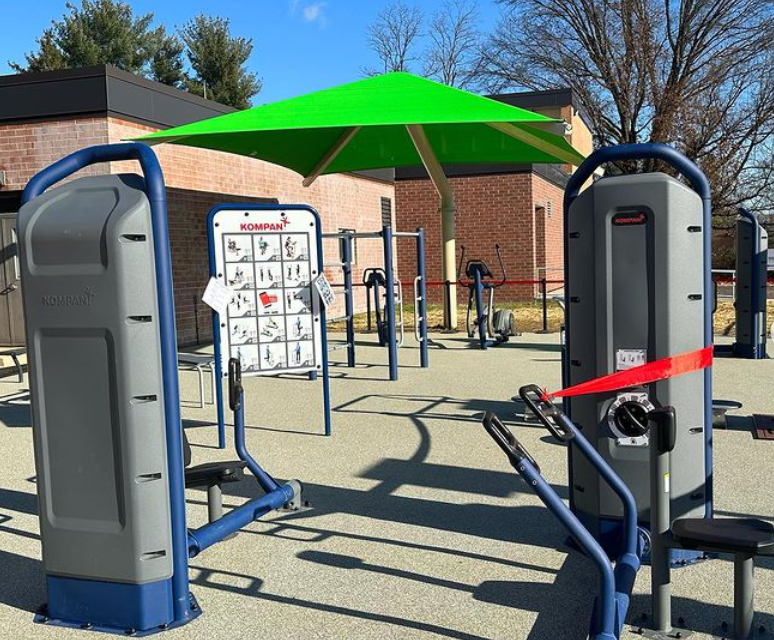
Department of Environmental Protection (DEP) Service Improvements
Eliminating Bacteria Pollution in Willet Branch
Good Things That Happened: With the cross-connection identified and repaired, a significant source of daily pollution was eliminated from the storm drain system and the environment. This success was featured in a blog by Little Falls Watershed Alliance. The team gained critical insights into effective strategies and innovative approaches that can be applied across similar projects in the Department of Environmental Protection.
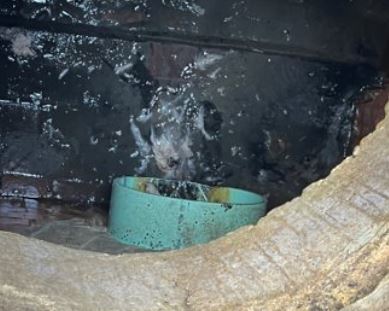
Gude Landfill Remediation
Good Things That Happened: This remediation project resolves the Consent Order issued by Maryland Department of the Environment. The passive reuse amenities that are planned after construction will provide a recreational park for County residents, more specifically Derwood Station, located adjacent to Gude. The team gained critical insights into effective solid waste remediation strategies and innovative approaches that can be applied across similar projects in the Department of Environmental Protection.
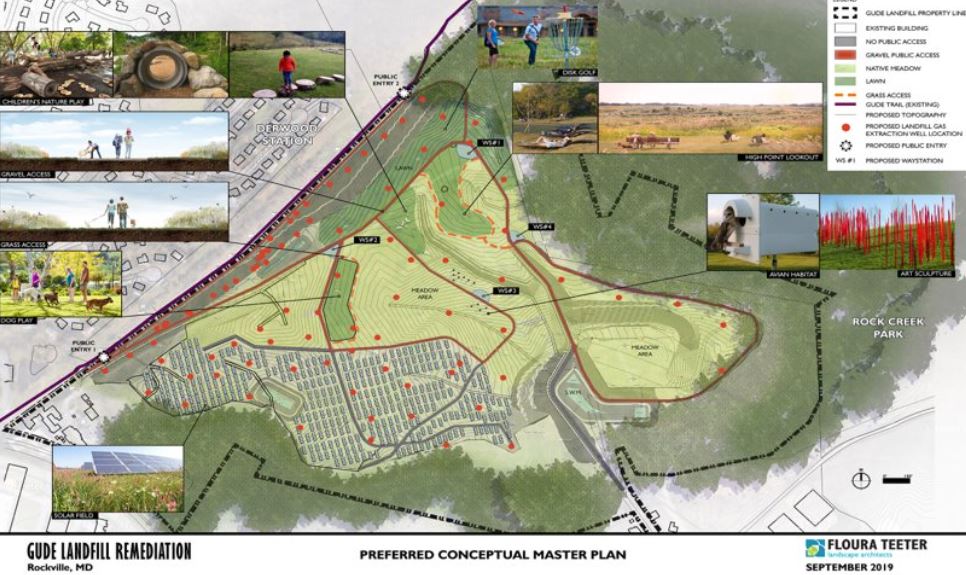
ESD BMP Public Maintenance Program
What We Did: Implemented a program to maintain stormwater management practices on County property, using sustainable planting plans.Good Things That Happened: Achieved over $500,000 in annual cost savings at one pilot site and earned recognition from the National Association of Counties and the Water Environment Federation.
Commercial Food Scraps Recycling Partnership Program
What We Did: Provided technical support and developed partnerships to facilitate food scrap recycling for commercial entities.Good Things That Happened: Successfully guided 37 partners to recycle over 1.8 million pounds of food scraps, boosting recycling efforts and customer satisfaction.
New Energy-Efficient Buildings Property Tax Credit
What We Did: Introduced a property tax credit system to encourage energy-efficient building practices.Good Things That Happened: Promoted sustainable building, aligning with the County's climate goals and supporting the needs of the building owner community.
Residential Electrification Incentives Pilot Program
What We Did: Developed a pilot program to help residents transition to efficient electric appliances and systems.Good Things That Happened: Allocated a budget of $775,000 for equitable fund distribution and direct payment upon work completion, simplifying residential electrification.
Montgomery Energy Connection
What We Did: Created a central hub for energy resources and education, funded by $1.6 million from Pepco/Exelon merger funds.Good Things That Happened: Engaged in over 92,000 interactions, promoting energy efficiency and financial assistance, exemplifying successful government-community partnerships.
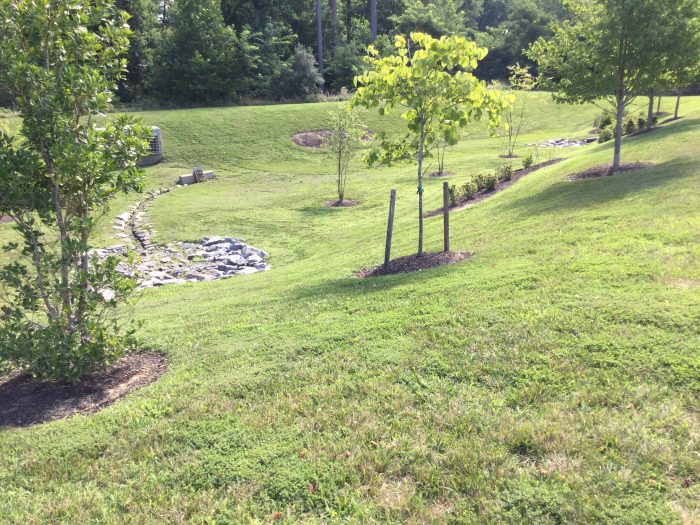
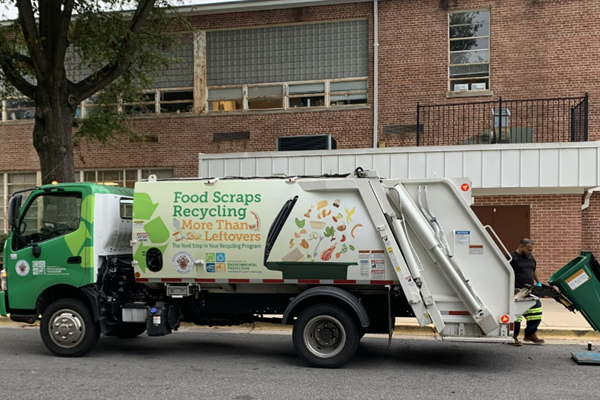
Montgomery County Police Department
Drone as First Responder (DFR) Program
Good Things That Happened: This program has improved police response times, making MCPD more efficient. It helps in locating and apprehending suspects and, in some cases, reduces the need for ground officer deployment. The DFR program is strictly for responding to emergency calls and is not used for surveillance or patrolling.
